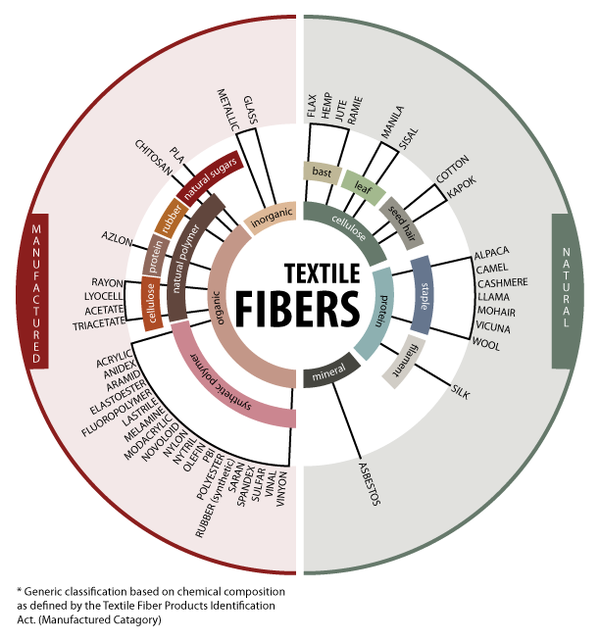- Qinsun Instruments Co., Ltd.
- Tell:+86-21-6780 0179
- Phone:+86-17740808215
- Address:No. 2578 Minhang District Gu Dai Road, Shanghai
- Contact:Mr. Li
- QQ:846490659
Laboratory chromatographic testing

1、 Columns can be divided into: pressurized, atmospheric, and depressurized
Pressure can increase the flow rate of the eluent, reduce the time for product collection, but it will decrease the number of trays in the column. So when other conditions are the same, atmospheric columns have the highest efficiency but also the longest time. For example, for the separation of natural compounds, a column can take several months.
Pressure reducing columns can reduce the amount of silicone used, feeling like it can save half or even more. However, due to the large amount of air passing through the silicone, the solvent will evaporate (sometimes there is water vapor condensation outside the column), and some easily decomposable things may not be obtained, and a water pump must also be used for suction at the same time (loud noise, and long time). I used to have a lot of decompression columns and had a deep affection for them, but since I tried to apply pressure, I have hardly ever had the thought of decompression again.
Pressurized column is a good method, similar to atmospheric column, except that external pressure makes the washing agent move faster. The supply of pressure can be compressed air, double ball or small air pump (for supplying air to the fish tank). Especially suitable for the separation of easily decomposable samples. The pressure should not be too high, otherwise the solvent will travel too fast and the separation effect will be reduced. I personally think that pressurized columns are more suitable for the separation of ordinary organic compounds.
2、 Regarding the size of the pillars, it should be the thicker and longer ones that are the best
The longer the column, the higher the corresponding number of tower plates. The thicker the column, the smaller the origin of the sample after loading (reflected in the thin sample layer on the column), which relatively reduces the difficulty of separation. Imagine if the column is ten centimeters long and the sample is two centimeters long, then the difficulty of separation can be imagined, probably requiring a very low polarity solvent to slowly wash. If the sample layer is only 0.5 centimeters, then it is relatively easy for each component to be completely separated. Of course, using thick columns requires sacrificing a lot of silicone and solvents, but these costs may not be significant compared to the product (some may not be environmentally friendly, but solvent recovery and re evaporation also reduce some waste).
The diameter to height ratio of the columns seen now is generally 1:5-10, and the book states that the amount of silicone gel is 30-40 times the sample amount. The specific selection needs to be analyzed in detail. If the comparison between the required components and impurities is open (referring to a difference of 0.1 or more between the required component rf of 0.2-0.4 and impurities), less silica gel can be used and a small column can be used (for example, for a 200 milligram sample, 50px can be used) × 500px column); If the difference is less than 0.1, it is necessary to increase the diameter of the column. I think we can increase the diameter of the column, such as using a 75px, or reducing the polarity of the washing agent. Regarding anhydrous and anaerobic columns, they are suitable for products that are sensitive to oxygen, water, and easy to decompose.
It can be wet or dry. However, the column should be saturated with a solvent at least once before the sample is taken, as the heat released when the solvent and silica gel are saturated may be due to product decomposition. After all, sensitive components need to be separated, so be careful not to go too far. Also, because the separated items are sensitive, the receiving bottle must be sealed and follow the Schlenk operation.





